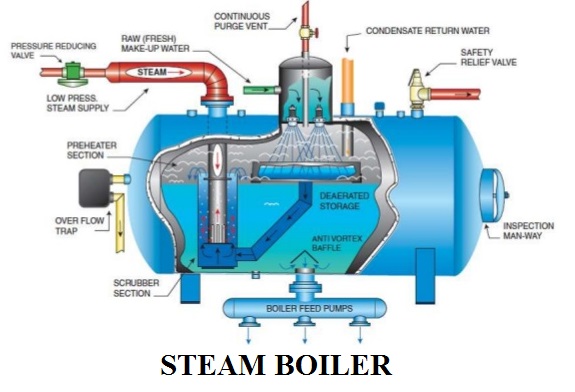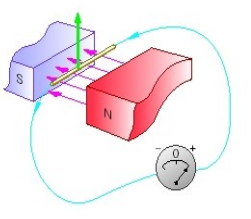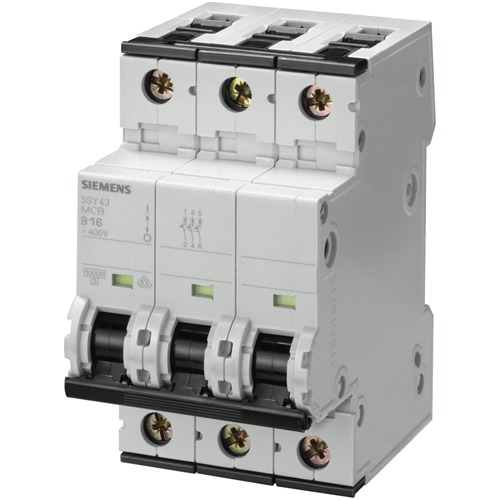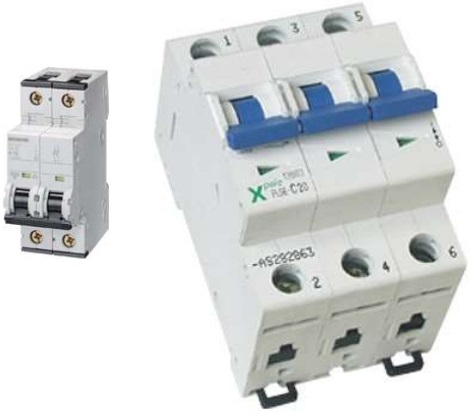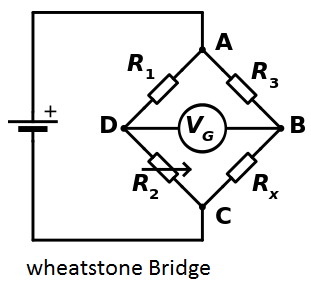Steam Boiler Types, Construction and Working Principle
What is a steam boiler? A boiler or a steam boiler in simple words is a device used to generate the steam at a desired pressure and temperature by transferring heat energy which is generally produced by burning fuel in order heat the water to change it to steam. The steam used in the boiler… Read More »

